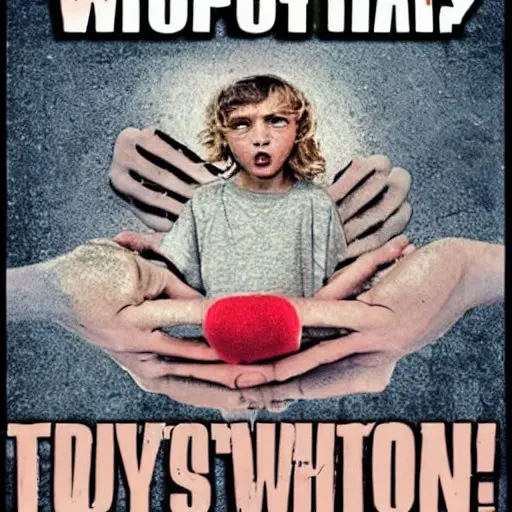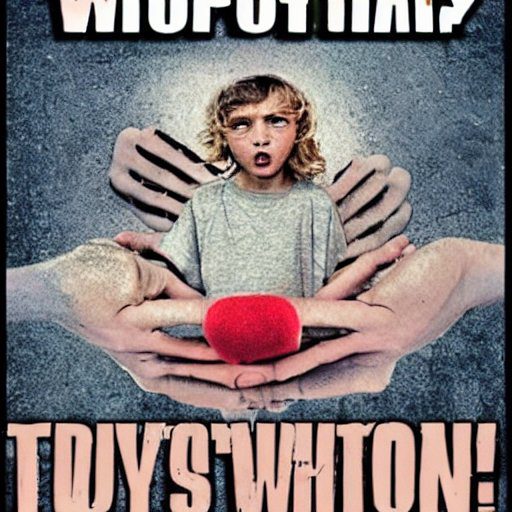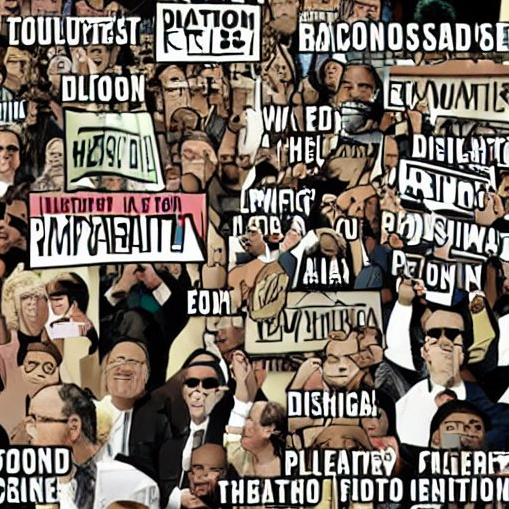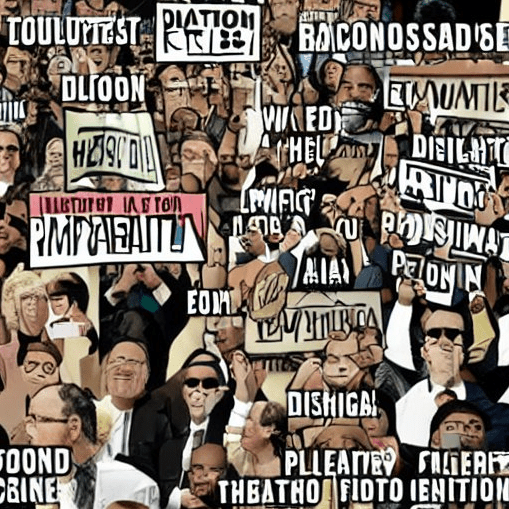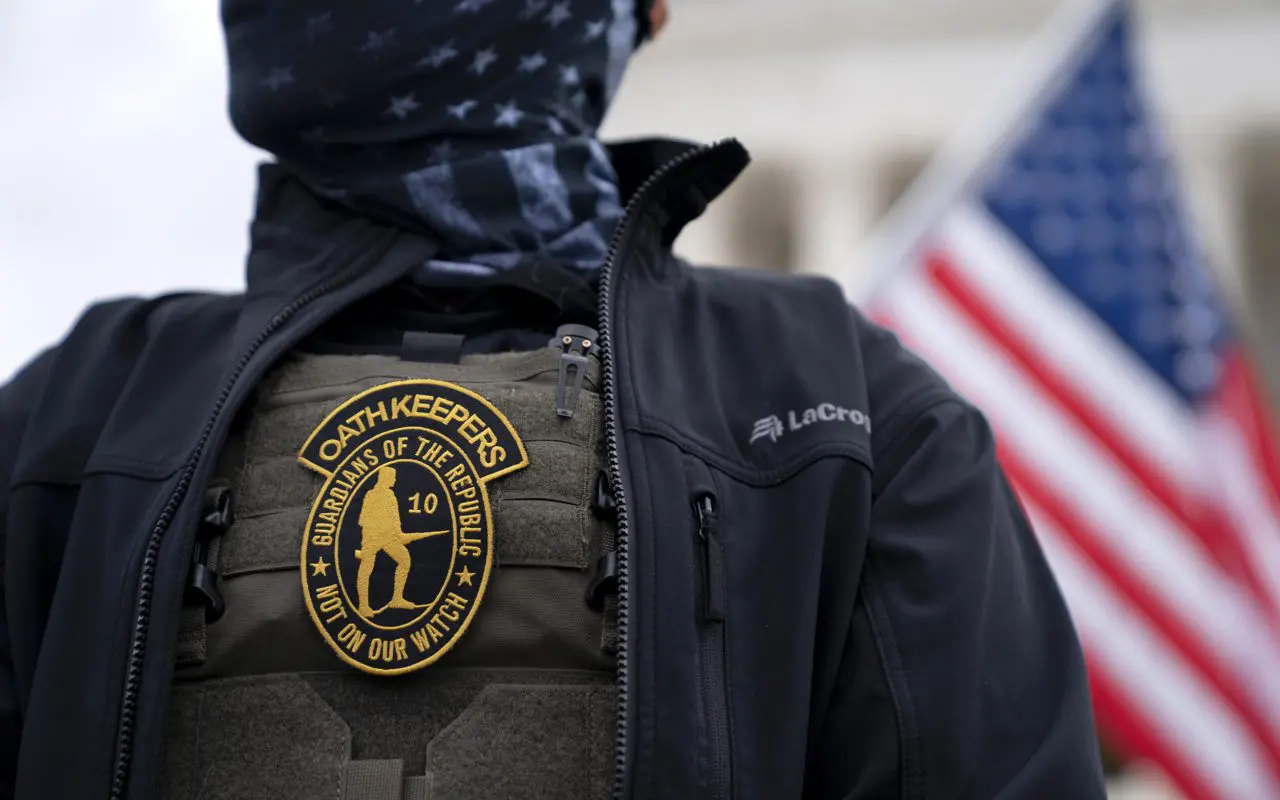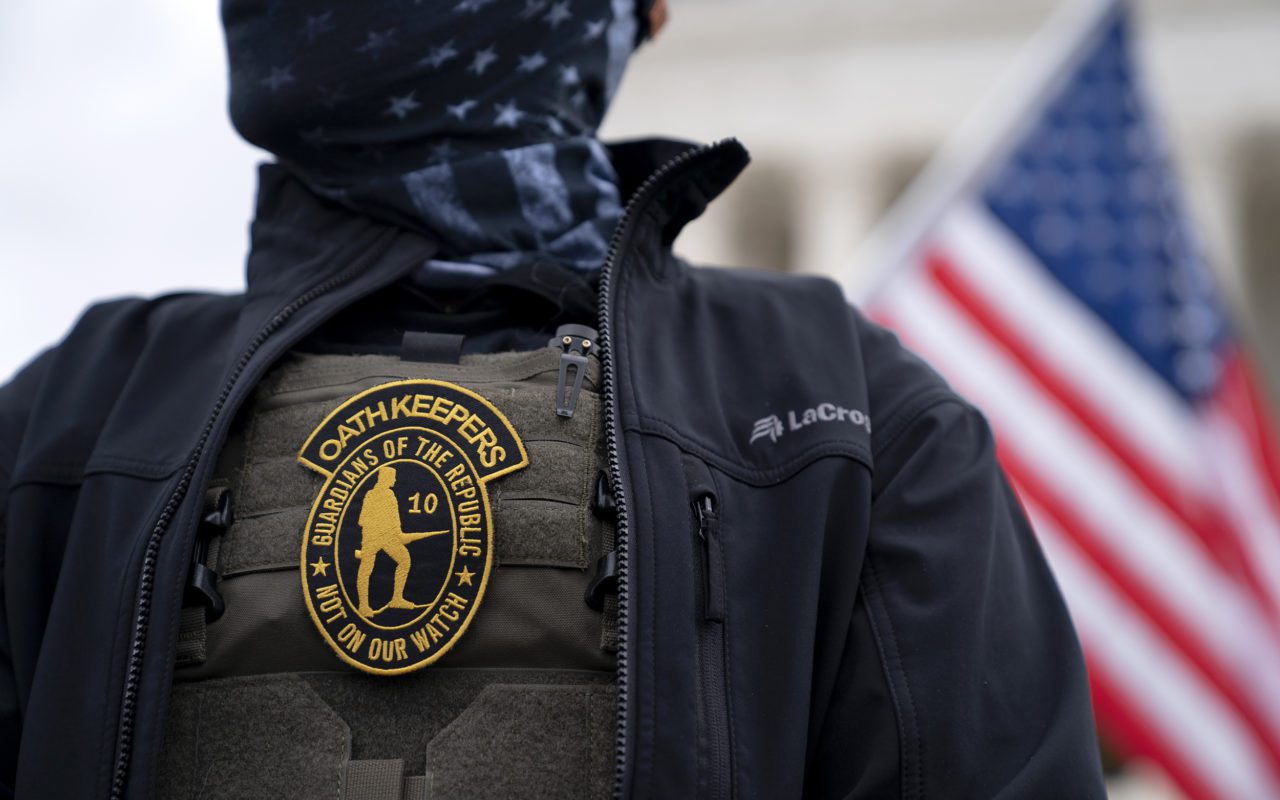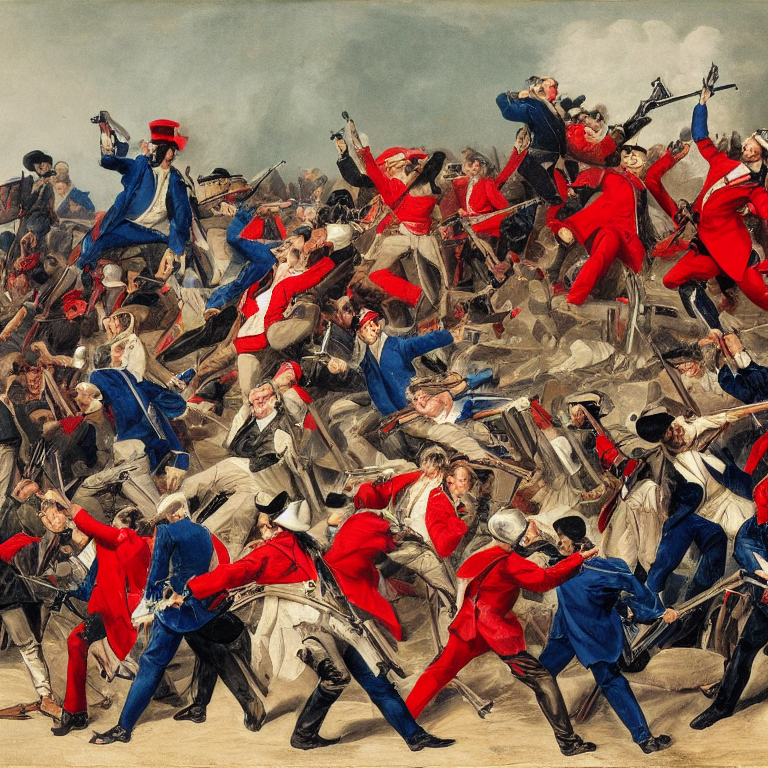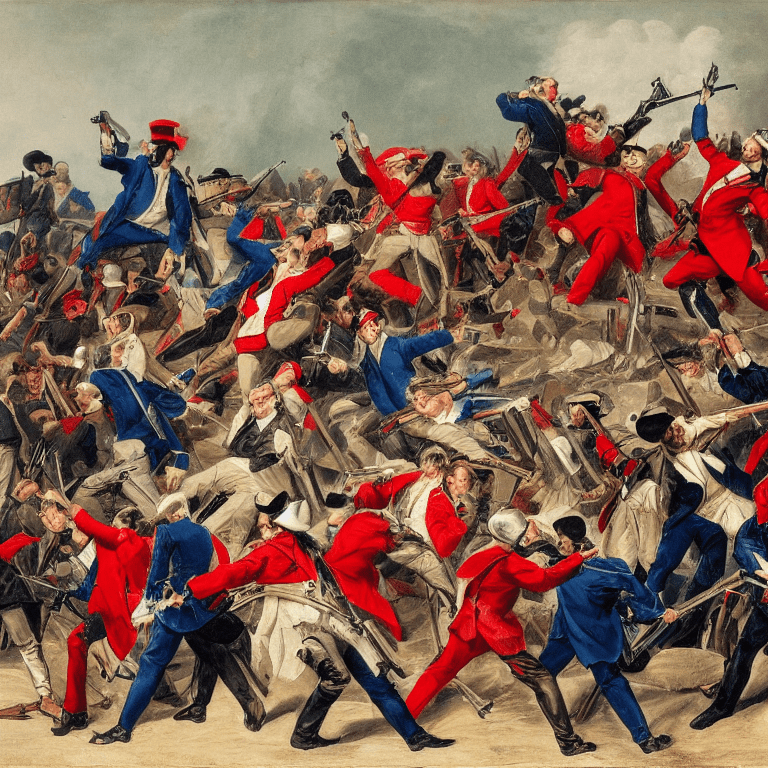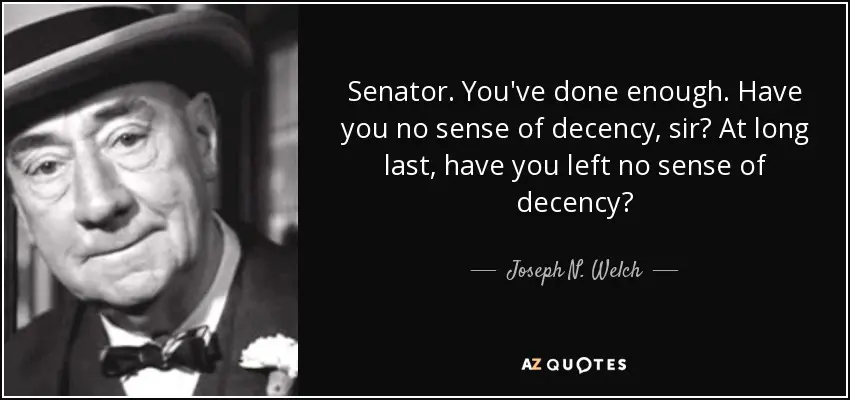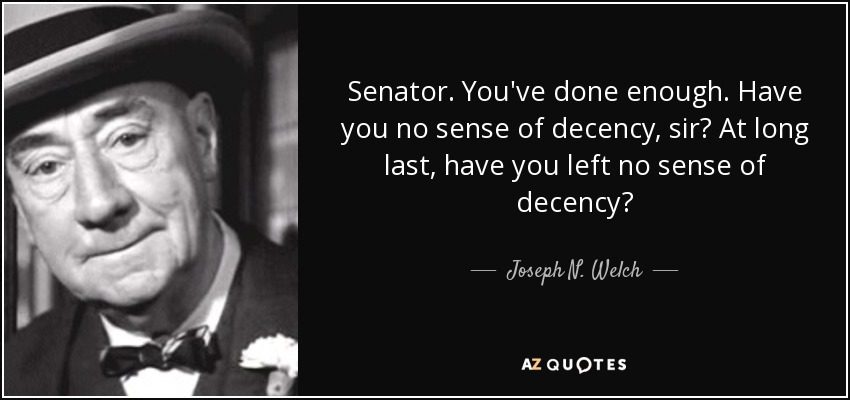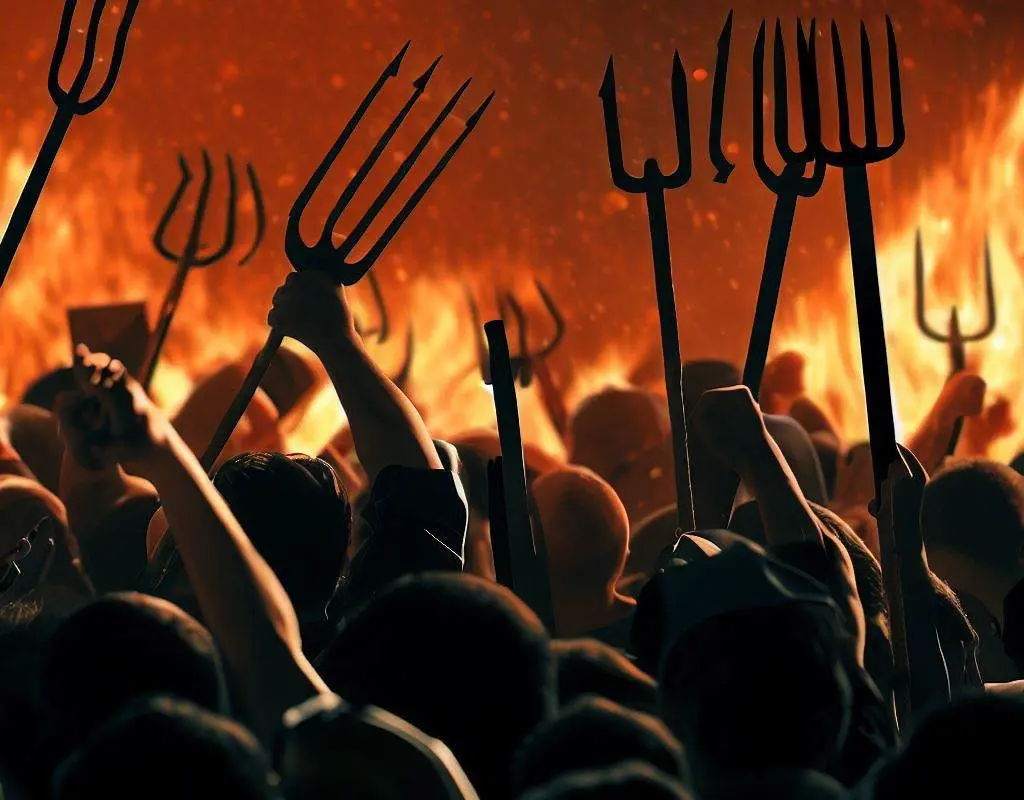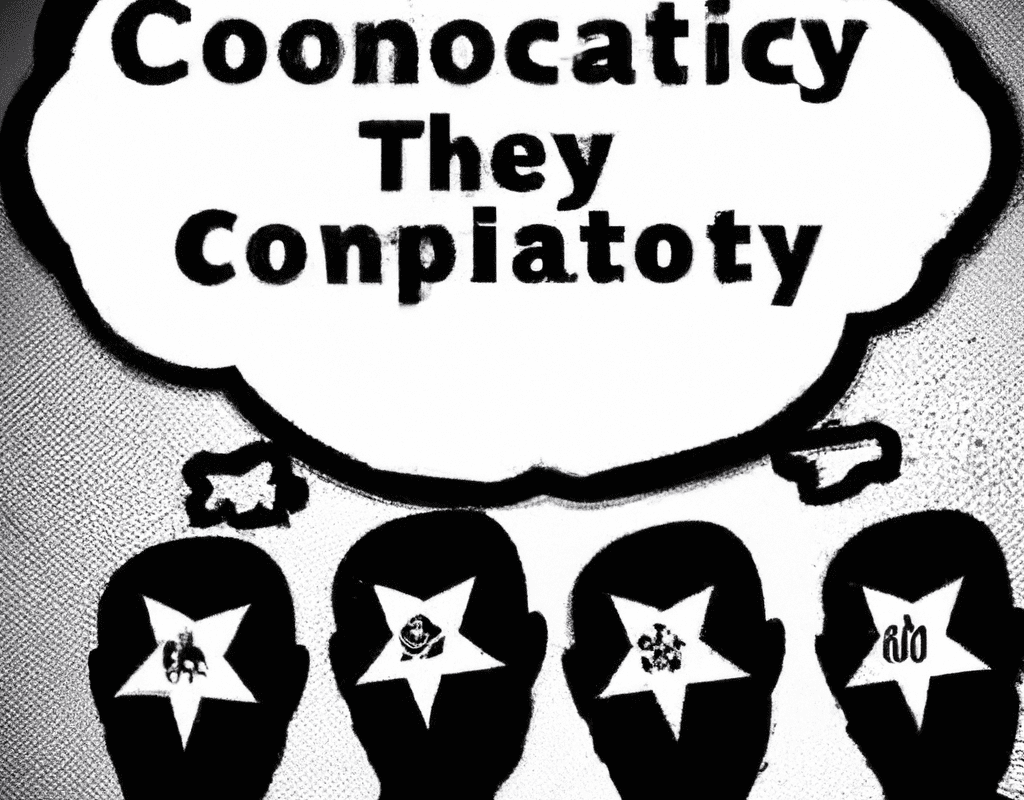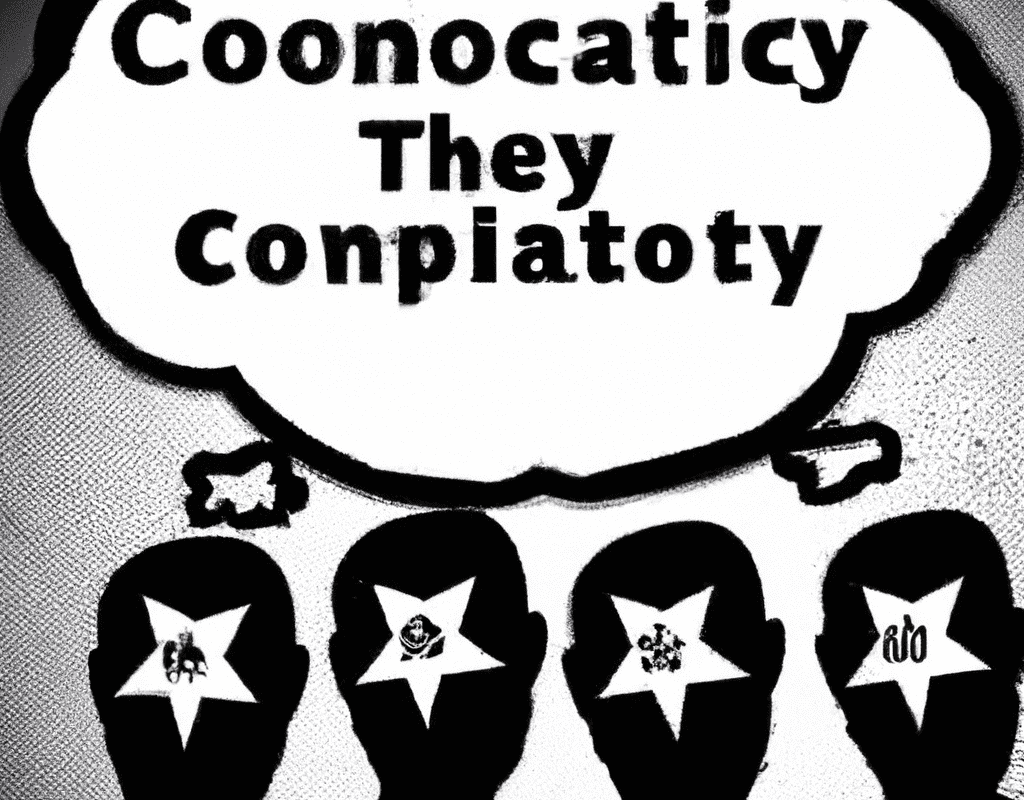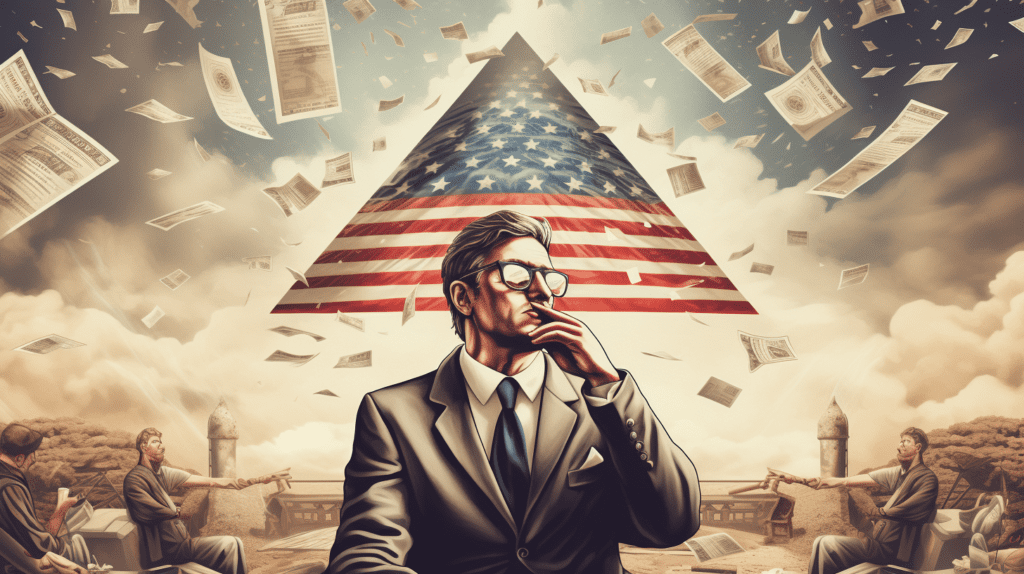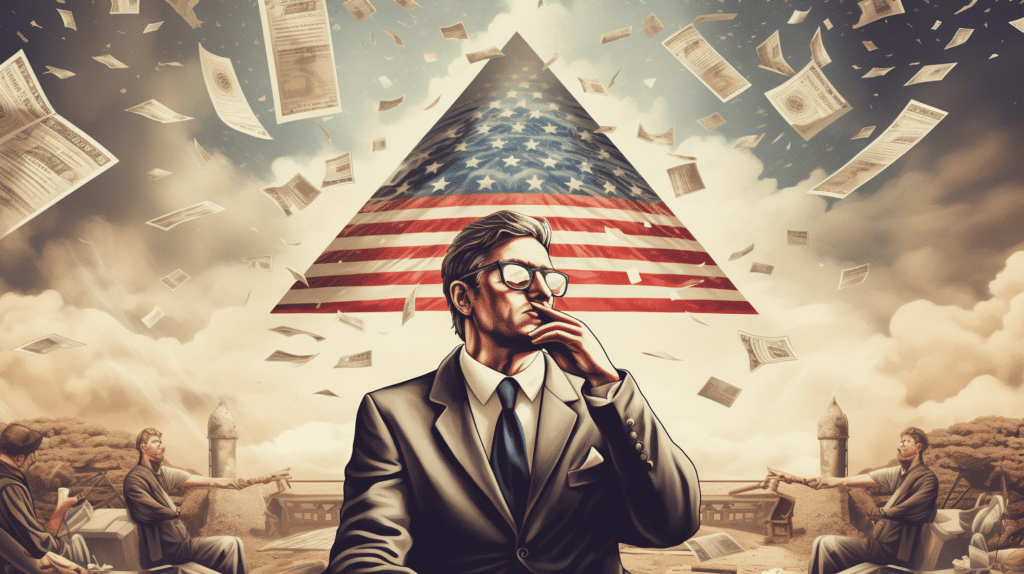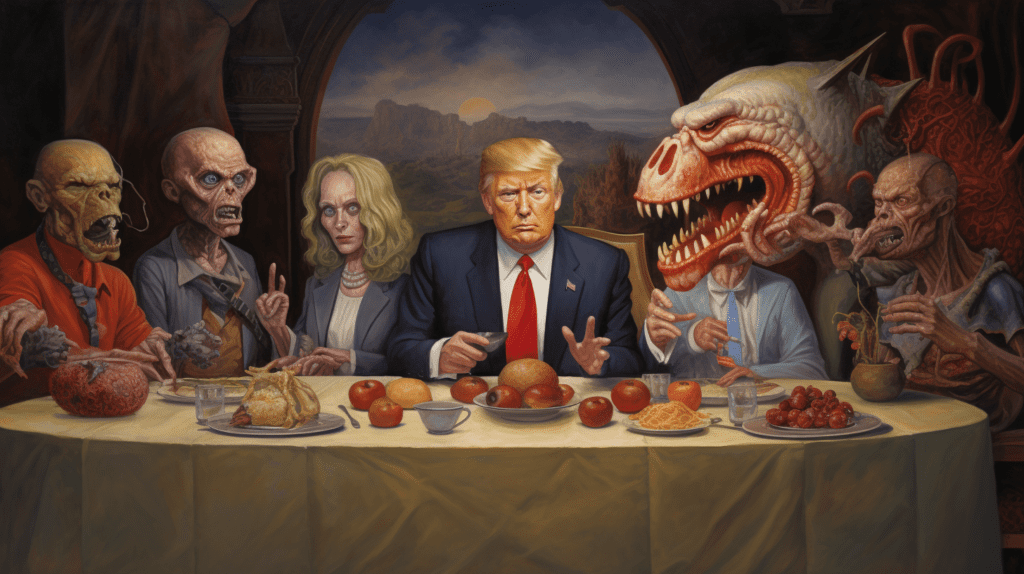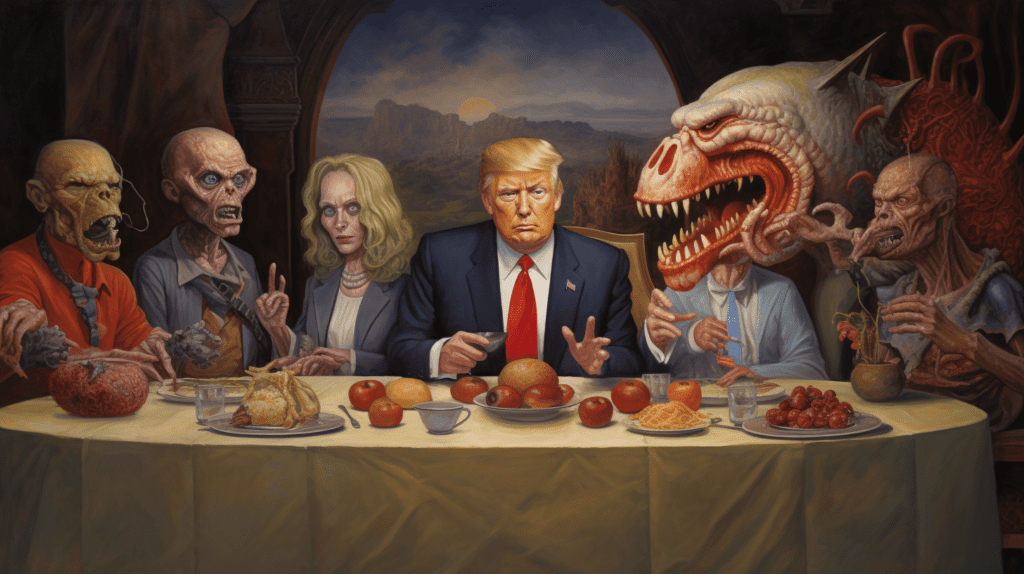Ask not what your country can do for you, y’all.
Pick up the phone, or the pen, or via whatever channel moves you — but We The People have a key part to play in preserving democracy for the next generations. Voting is essential — but can you do more??
Most activist groups have had to adjust to political organizing completely online during the pandemic, so it is exceedingly easy now to parachute in to a group and get involved right away, whether that’s on the phone talking to voters or prospective voters, or texting potential voters, or other forms of organizing or messaging. All you really need is an internet connection and ideally a laptop and a phone — but you can get by with a tablet and a phone or even just a phone for certain volunteering campaigns.
2022 Mid-Terms Update: Quick Links
Have cycles to give on election day? Here are your best bets to dive in quickly:
1) Get trained: Moderated phone banks
The DNC is holding trainings with helpful phone banking guides every 2 hours on Tuesday, November 8 — 👉🏽 SIGN UP HERE 👈🏽
2) Parachute in: Anytime calls
If you’ve been trained on the Scale To Win dialer the DNC uses, anytime since May 2022, you can hop right in and make calls at your convenience: access 👉🏽 ANYTIME CALLS HERE 👈🏽
DNC Links
Have you volunteered or organized before and just want a good place to plug back in? Or just want to get your feet wet volunteering for the national team at the DNC without further ado? Here’s where to go to sign up and/or get training depending on what activity you’re interested in:
How to volunteer: Getting started
If you’re new to political volunteering, don’t worry! Most groups have some sort of training session to get you started, whether you’ve been an activist for a long time or just getting involved. This Zoom or other video session will orient you to the tools of the group and what the general strategy is, as well as the specific instructions for the day’s campaign. The training moderators are usually exceedingly patient and open to all kinds of questions, none too small. They will usually offer additional assistance to get anyone up to speed who needs it, and take pains to get everyone comfortable with both the technologies in use and how to actually interact with a voter or volunteer around the issue(s) at hand.
There are groups out there organizing at all kinds of levels: national, state, local, individual campaigns, coalitions / communities, interest groups, non-profits, civic organizations, and groups of all types doing political organizing who can almost always use volunteers. Read on for a list of orgs I trust and have volunteered with in the past listed at the end of this post.
Types of Volunteering Activities
There’s really something for everyone when it comes to political volunteering — if you love talking with people there’s phone banking and canvassing; if you are more of a wordsmith there’s letter writing and postcard sending; if you’re on the tech savvy spectrum there’s text banking and social media sharing; and if you love hosting events there are friend banks, fundraisers, and all kinds of community hosting opportunities with support from the organization you’re working with. Here’s a quick shortlist of common types of political volunteering:
- Canvassing — This is the “classic” method of going door to door in a candidate’s district or state and talking to prospective voters about the candidate, party, or issue at hand. During covid most organizations fell back to phone banking and the other methods below on this list, but this will likely return in at least some jurisdictions for the ’22 midterms.
- Phone banking — Use automated dialer software to mask your own phone number and call voters (or sometimes volunteers) in specific states or nationwide. Typically you will be asking them to take some sort of action, like registering to vote, voting for a specific candidate, writing or calling an elected official, etc.
- Text banking — Use automated texting software to send out batches of text messages and respond to recipients who reply. This activity is great for folks who hate talking on the phone, or want to engage in one of the newest, most cutting edge technologies in use for direct voter contact. Texting has quickly grown in prominence within organizing and political activism circles since 2016.
- Letter writing — Handwrite and/or print batches or series of letters or postcards to voters and prospective voters.
- Social ambassador — New to the DNC’s volunteer options in 2022, the social ambassador program provides a series of assets and messaging prompts for ambassadors to share with their social media networks through the new app Greenfly.
- Friend banking — In addition to joining phone banks organized by the DNC, Field Team 6, or other activist groups, you can learn to host your own events with your own friends either in person or online. Training materials, sessions, and toolkits are available from various organizations including frameworks for running events and help promoting hosted events.
Communications
Pretty much all groups will use group messaging tool Slack or some other form of chat to coordinate in real-time, as well as answer any questions you may have or address problems you run into. It can be chaotic and fast-moving in there for big campaigns, so give yourself some extra time to get oriented especially if you’re new to Slack.
Most groups will also use email to coordinate with you as well as potentially texting for recruitment and reminders of shifts you’ve signed up for, or to take action on various things. It’s common for them to use Google Docs or other shared document space to offer toolkits, documentation, training materials, and so on that you can access and review later as need be.
Operations
When phone banking, generally you will have a script that you can read from and/or riff from, and it gets easier to get through the script as you make more calls and get familiar with the flow. It can feel intimidating sometimes to do “cold calling” but often you will be calling “friendlies” — either known Democrats or likely Ds — though even in those voter lists you may run into the occasional Trumpian. It can be unpleasant from time to time but usually they just want to get off the phone as fast as you do and the interaction is brief.
The purpose of your calls is both to gather fresh data for the Democratic data and analytics operation to understand what state voters are in (likely to vote, lean D, will/won’t volunteer, etc.) as well as to try and persuade voters to take action, whether that’s registering to vote in the first place, voting for the D candidate(s), or physically casting their ballot.
For text banking, you’ll usually be working from a script as well, and have a number of available pre-written responses to choose from based on the responses you get back from people. The organization will get you set up with an account for the texting software they’ll be using and train you in how to send texts — this is typically done from your desktop, and not actually from your phone, so even if you are going to a “texting” shift you’ll generally want to be joining that session from a computer.
Is text banking as good as phone banking?
No, texting is not quite as effective at persuading voters as other methods of direct voter contact. The direct connection of actually speaking with a voter in real-time still rules the roost in terms of mobilization. However, text banking has the potential to reach parts of the electorate that simply aren’t going to pick up when a strange number calls them, or who otherwise will only respond via the SMS channel. It’s a way of engaging those folks, many of them skewing younger and more progressive overall as a group, so text banking is still a valuable and emerging tool in the toolkit.
Text banking is also very effective at mobilizing highly engaged groups like volunteers to commit to another volunteer shift, or donors to donate. So it won’t be going anywhere any time soon — but if you’re wondering how to volunteer most effectively, I would personally choose phone banking as the primary exercise (and canvassing as more effective even still — if we ever get out of covid round the rosie!).
Volunteer Training & Resources
More Places to Take Action
DNC National Call Team
If you’ve done phone banking before, it’s especially easy to parachute in to whatever is the current top priority for the Democrats. And if you are just getting started for the first time, they’ll train you at the top of each phone bank shift. Here’s the current schedule for DNC calling, as of October 28, 2022:
ZOOM PHONE BANKS (get trained + make calls):
Shifts are now daily or multiple times daily, through election day on November 7.
Sign Up: https://txt.democrats.org/ZPB
GET TRAINED:
Tues/Wed/Thurs/Fri 2-8pm ET (11am – 5pm PT)
If you haven’t been trained by the DNC Call Crew and/or are new to phone banking altogether, they offer more in-depth training opportunities frequently. If you’ve done phone banking elsewhere and feel comfortable getting up to speed quickly, join one of the Zoom Phone Banks listed above that offers a short “get up to speed” training session at the beginning of each call session.
Sign Up for a beginner training: https://events.democrats.org/event/440875/
More DNC Volunteer Training Links
DNC Texting Team
DNC Social Ambassadors Program
DNC Friend Banking Training
DNC Toolkit Training & Event Organizing
Anytime Letter Writing
Vote Forward has numerous campaigns ongoing if letter writing is your thing.
Postcards to Voters is another great option for writers — just be aware that time is running down and early voting has already begun in many places! So please consider phone banking as a priority alternative if you are able to contribute time during these 2022 mid-terms.
More Awesome Places to Volunteer
State Party Volunteer Operations


